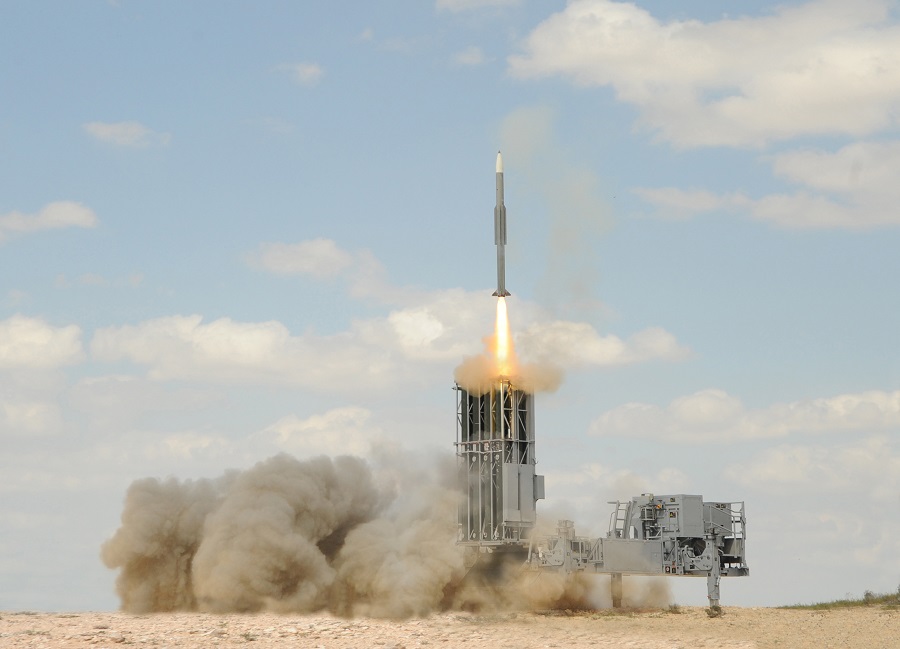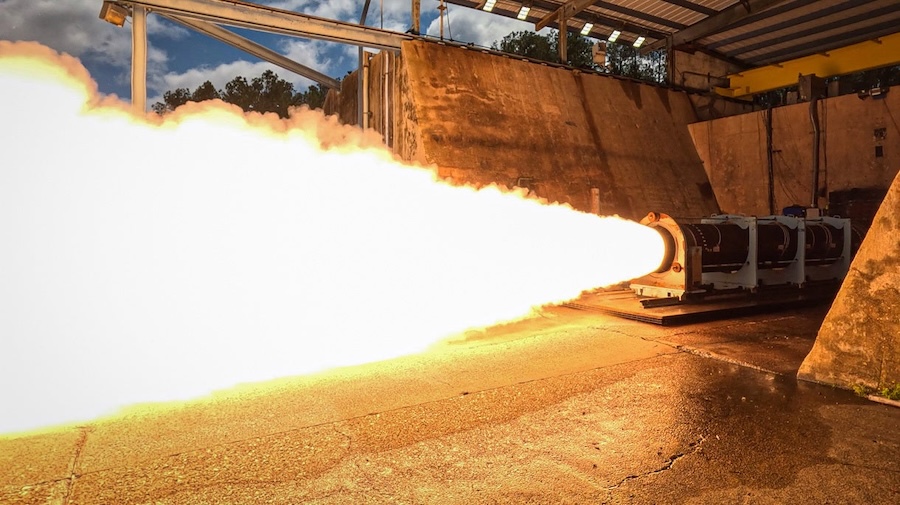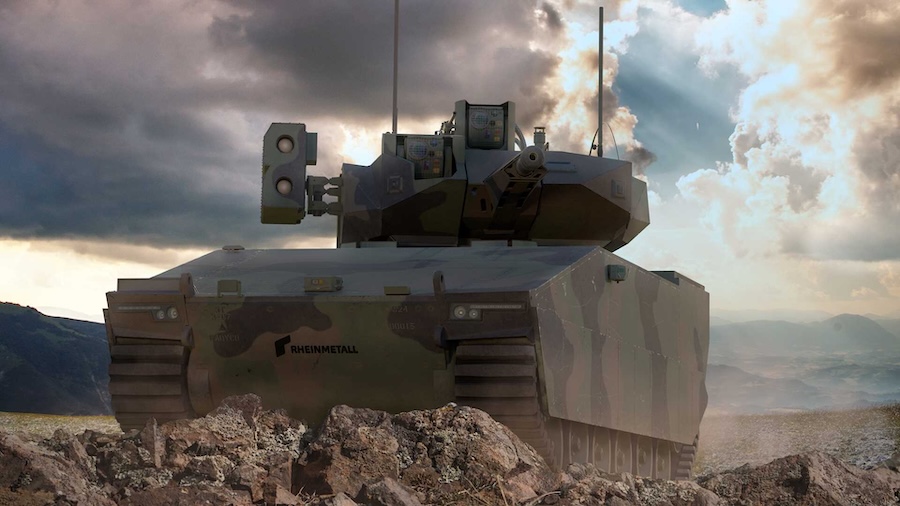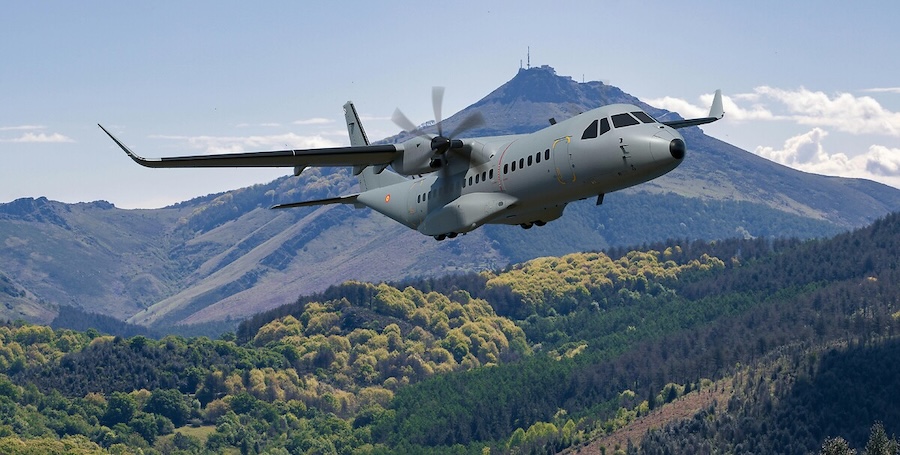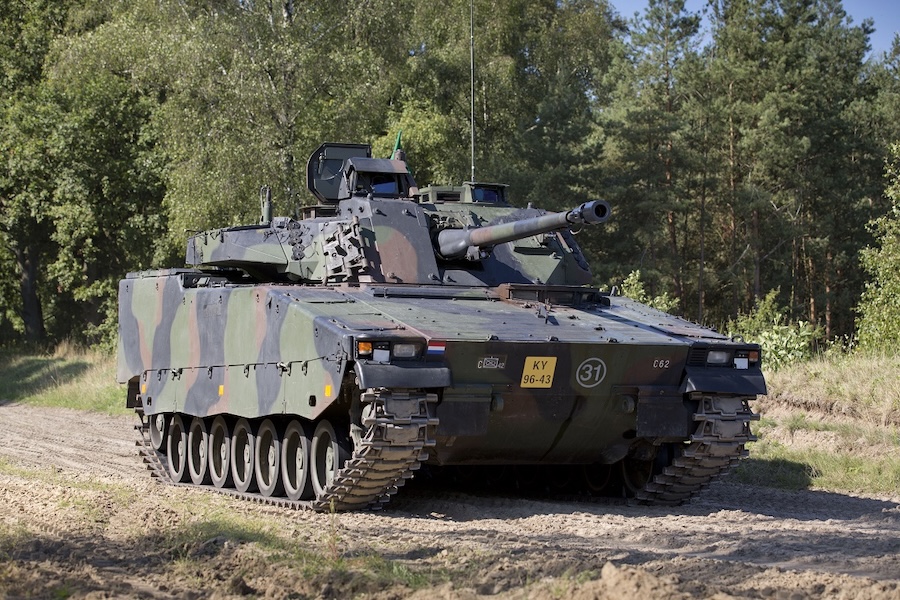Talks had previously been paused during Israel’s operations in Gaza due to sensitivities around defence deals. With a fragile ceasefire now in place, Athens has moved to reactivate the programme, underlining its importance for national security.
The planned acquisition includes three Israeli-developed systems to replace ageing platforms and strengthen Greece’s defence against ballistic missiles, drones, and aerial threats. The Spyder system from Rafael Advanced Defense Systems will substitute the outdated Russian OSA-AK and TOR-M1 units, which face ongoing supply and maintenance issues.
The Barak MX system from Israel Aerospace Industries (IAI), which owns the Greek firm Intracom Defense, is set to replace Hawk missile launchers with upgraded medium-range capabilities. For long-range and ballistic threats, Greece is considering the David’s Sling system (SkyCeptor variant), to succeed the ageing S-300 platforms affected by limited support due to strained ties with Russia.
Existing Patriot missile batteries will remain operational, serving as the backbone of the air defence network and integrating with the new systems. The total initial investment for “Achilles’ Shield” is estimated at around €3 billion, with early deployment focused on Thrace and the eastern Aegean islands.
Future phases will broaden coverage nationwide and address both aerial and maritime drone threats. Israeli proposals are currently ahead of European bids, offering stronger commitments on technology transfer and local production—key priorities for Greece’s defence industry.
The next steps will involve procedures within the Ministry of National Defence, followed by review by the Government Council for National Security (KYSEA) and final approval by Parliament. This marks a strategic shift towards advanced, flexible defence solutions amid ongoing instability in the Mediterranean region.
Source: Globes.



